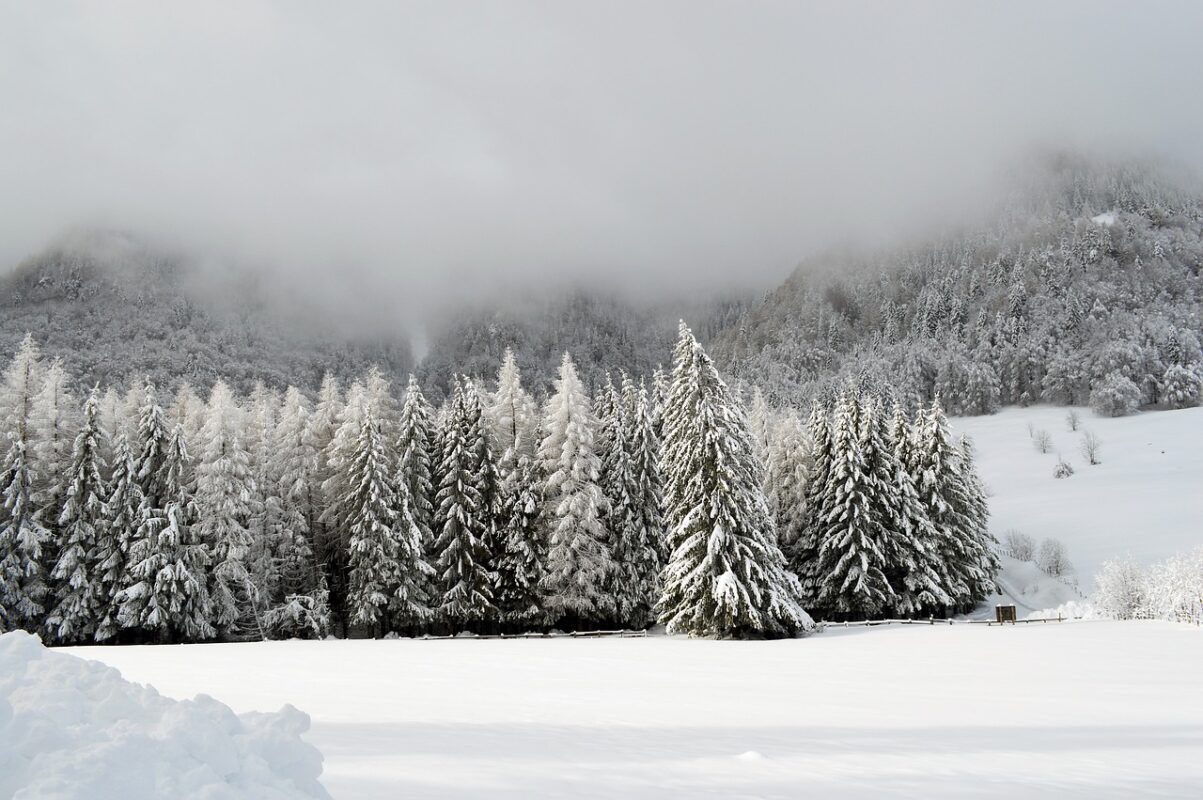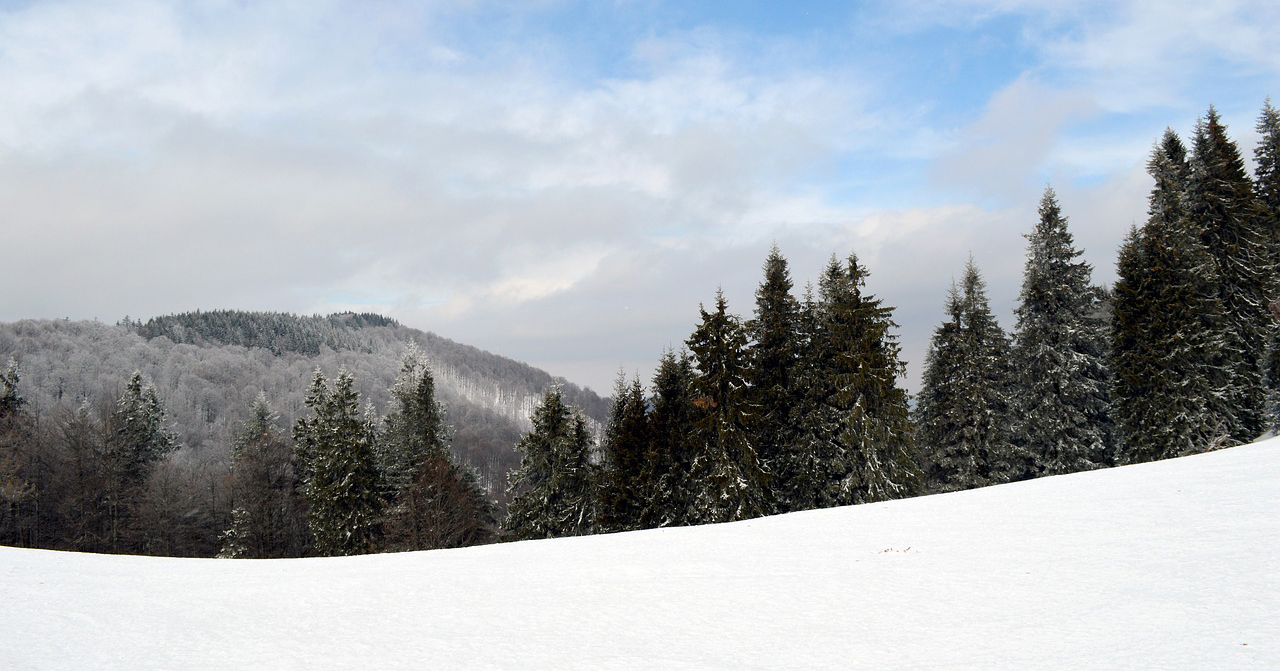IDENTIFICATION
Scientific name:
Abies nordmanniana
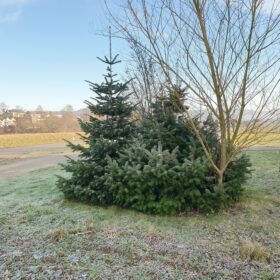
Italian common name:
Abete del Caucaso, Abete di Normann
Family:
Pinaceae
Origin:
native to the western Caucasus, Anatolia and the Black Sea coasts. Introduced to Europe in the 19th century.
Environment:
Suitable for mountain climates with humid and cool summers. It lives at altitudes between 1000 and 1,800 m above sea level. withstanding high humidity and winter temperatures below -25 °C.
Evergreen or deciduous:
evergreen
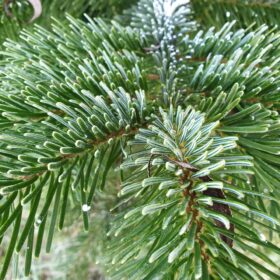
Toxicity:
not
PLANT RECOGNITION
Height:
In Italy it can reach 25-30 m. In the areas of origin it can reach around 60 metres.
Width (extension):
In Italy it can reach 15 m. at the widest point.
Habit:
Large tree with straight trunk. The foliage is conical-pyramidal, the antlers are very dense and arranged regularly with a spiral pattern, almost never pendulous.
Leaf:
Needle-shaped, intense blue above and lighter silvery green below
Flower:
Conifers do not produce flowers, but ‘sporophylls’. Flowers with separate sexes on the same plant. The male flowers are scale-shaped stamens, gathered together to form reddish cones borne in groups and similar to a raspberry, the female flowers together form single cones borne from the upper part of the plant, purple, conical or cylindrical, resinous and with spiral scales which each have two ovules at the base.
Flowering: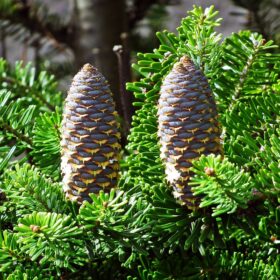
April – May
Fruit:
cylindrical brown-green cones, 10-15 cm long
Trunk:
The bark, in young specimens, is smooth, tending towards gray in color. As it grows, it becomes darker and, as it thickens, cracks into large plaques separated by deep incisions.
Property:
The essence of turpentine is obtained from the leaves and wood of fir and other conifers, widely used in medicine and veterinary medicine for bruises, tears and bruises due to its anti-rheumatic and antiseptic properties.
A handful of twigs, or buds, wrapped in cotton gauze and infused in the hot water of the tub allow you to create a balsamic and revitalizing bath, suitable after intense sporting activity.
Parfume:
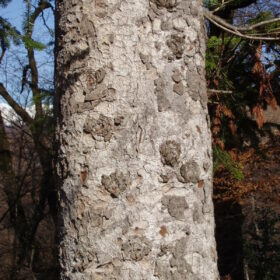
Delicate of the plant
NEED
Maintenance:
low
Light Exposure:
it is a shade or partial shade tree.
Soil type:
it grows luxuriantly especially in deep soil, rich in nutrients and humus. Drainage is very important: any stagnation of water can cause root rot which causes the plant to die.
It tolerates very clayey but not calcareous and chalky soils.
Soil acidity:
from pH 5 to pH 8
Italian climatic area:
widespread throughout the Alpine arc
Need for water: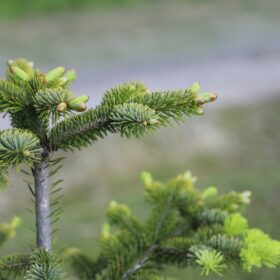
Its native area is characterized by annual rainfall of 800-2,400 mm and an average annual temperature of 6-11 °C.
Watering should be regular but moderate, allowing the soil to dry between waterings. Rain is usually enough, but in the summer it suffers from drought and, if possible, should be watered regularly once a week.
Propagation:
by seed or from suckers
Pruning:
It does not require pruning, other than the elimination of dry or diseased branches. If you want to intervene, avoid cutting the top and work in early spring
Illnesses: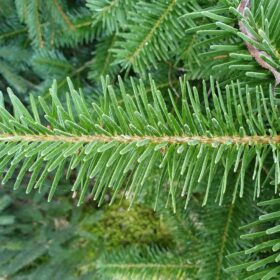
It is attacked by Adelges tsugae, aphids, moths, scale insects and red spiders. Even deer damage it.
PARTICULARITY
The generic name Abies, already used by the Latins, could, according to an etymological interpretation, derive from the Greek word ἄβιος = long-lived. The specific name nordmanniana was assigned in honor of the Finnish biologist Alexander von Nordmann, who introduced this subspecies into botanical gardens in 1838
Annotations
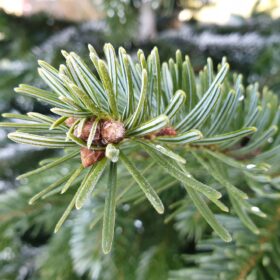
This particular fir has a rather delayed vegetative growth.
Young specimens are sensitive to heat and drought, but from the age of 2-3 years this sensitivity decreases and dry places are well tolerated. It tolerates frost.
It is a highly competitive species.
It is widely exploited mostly in regions where it grows spontaneously, while in countries like ours it is seen almost exclusively as an ornamental tree, in parks and gardens or as a Christmas tree.
It suffers from air pollution, so it is not suitable for very busy areas.
In the kitchen:
no use
THE MONDO DEL GIARDINO ADVICE
If you decide to put the Christmas one in the garden you must take some precautions. You must live in the mountains and have a space of at least 10 meters wide for development. It will take 10 years and it will fill them, but for the first 4 you will still be able to make the tree!
Now on horseback! Work awaits us! Our new wonderful outdoor space is about to be born!
GOOD WORK and…if you have any questions, write to info@ilmondodelgiardino.com
Image sources: thanks to Pixabay and many thanks to Teodor Buhl for the social photo, Zane for the cover and below Hans, Hans, Teodor Buhl, mitel.dimi.uniud.it, xesisex, Hans, Hans and Zane.


